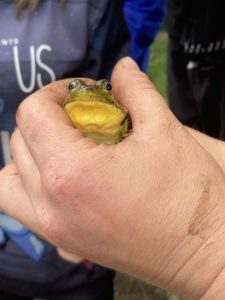We are so excited for Sports Day this Friday, June 10th! If you have not already, please check your e-mail for more information about Sports Day. Some reminders for students and families:
-Please dress for the weather! We will be outside unless it is pouring rain.
-Wear clothing that is comfortable and shoes you can be active in.
-If you have clothing or accessories in your Sports Team colour (Blue Whales, White Wolves, Red Pandas, or Yellow Cheetahs), please wear them on Thursday [Spirit Day] and Friday [Sports Day]
-There will be a concession, so feel free to bring a little bit of money to buy a snack if you’d like
-Friday is an early dismissal!
We will continue to have conversations around expectations and routines tomorrow. I am so excited to see great sportsmanship and encouragement from our athletes!
Best,
Ms. Ward


